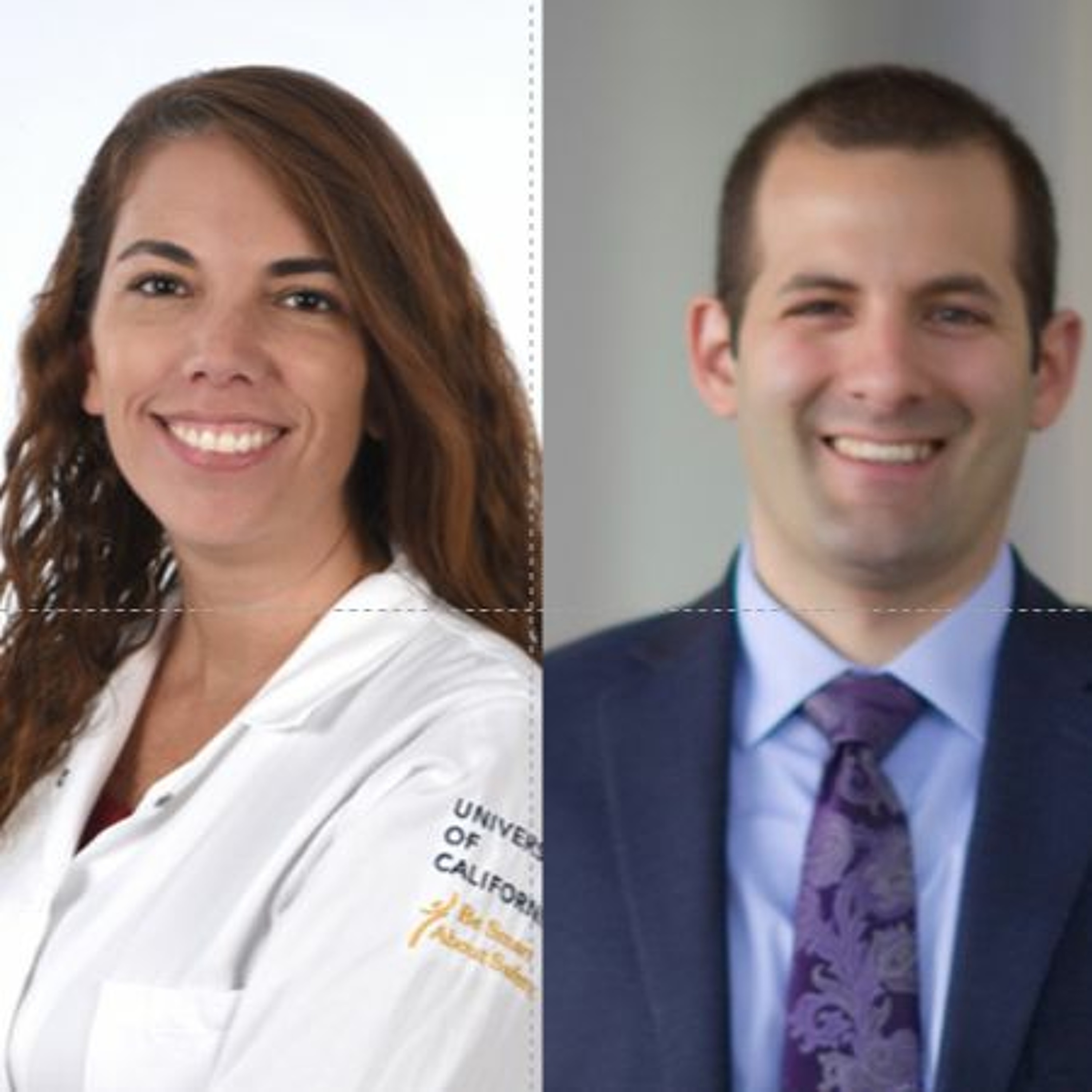Targeting a vulnerability in triple-negative breast cancer

The collaboration between Claudia Benavente, PhD, and Michael Emanuele, PhD, is a perfect example of how cancer researchers with overlapping interests but very different expertise can come together to find a new path forward in cancer research.\n\nThey found each other through the American Cancer Society\u2019s online community for current and former cancer research grantees. \n\nThe Benavente Lab had previously identified a new protein with exciting therapeutic potential that is critical for tumor metastasis. Independently, the Emanuele Lab found that this protein is tightly controlled by a cellular machinery that functions to eliminate proteins within the cell.\n\nTogether, they are collaborating on an ACS-funded research project to determine how this protein is made, how it functions, and how it\u2019s eliminated, with the goal of creating novel target therapeutics for patients with triple-negative breast cancer.\n\n2:55 \u2013 Claudia Benavente, PhD, is Assistant Professor of Pharmaceutical Sciences at the University of California, Irvine. Michael Emanuele, PhD, is Associate Professor in the Department of Pharmacology at the University of North Carolina at Chapel Hill and the UNC Cancer Center. \n\n4:04 \u2013 What is triple-negative breast cancer? What does \u2018triple negative\u2019 mean? \n\n7:48 \u2013 On a protein called UHRF1 that has therapeutic potential in other cancers with similarities to triple-negative breast cancer. What does UHRF1 do in normal cells? \n\n10:50 \u2013 Why is it important in cancer cells?\n\n13:45 \u2013 How Dr. Emanuele and Dr. Benavente struck up a collaboration through TheoryLab, the American Cancer Society\u2019s online community for current and former research grantees \n\n17:35 \u2013 \u201c\u2026maybe we could take advantage of the cell\u2019s innate ability to get rid of UHRF1 and sort of trick it into shutting it off itself\u2014not just shut it off, but get rid of it altogether\u2026\u201d\n\n21:47 \u2013 How their complementary skill sets and expertise will help them figure out the best approach to target how UHRF1 is made, how it functions, and how it\u2019s eliminated, with the goal of creating novel target therapeutics for patients with triple-negative breast cancer\n\n25:41 \u2013 Steps they will take to determine the potential of therapeutically regulating UHRF1 removal in triple-negative breast cancer\n\n28:54 \u2013 What most excites them about this project\n\n32:46 \u2013 Keys to a productive scientific collaboration \n\n34:56 \u2013 On the impact of ACS funding on their research\n\n37:33 \u2013 A message they\u2019d like to share with cancer patients, survivors, and caregivers